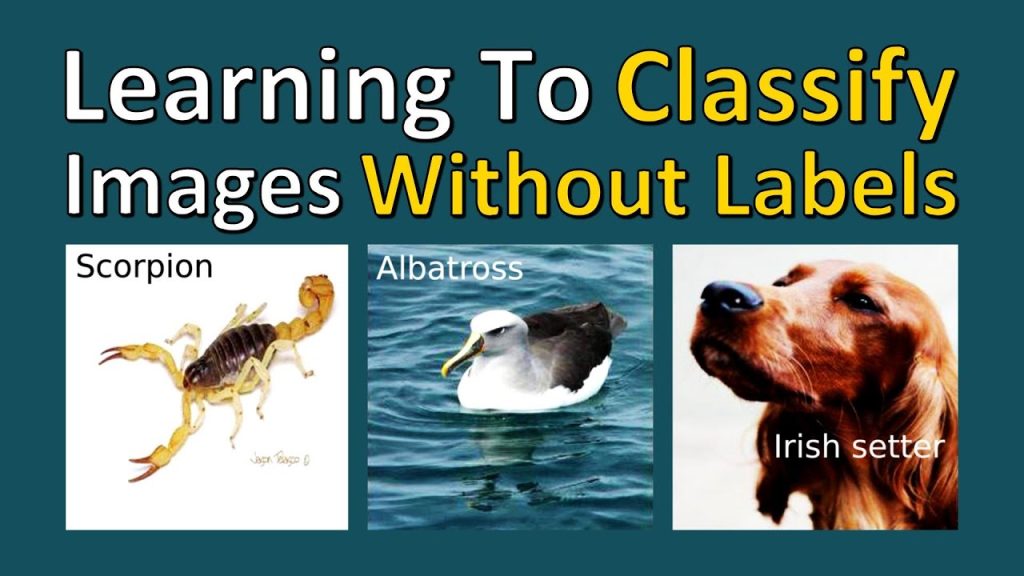How do you learn labels without labels? How do you classify images when you don’t know what to classify them into? This paper investigates a new combination of representation learning, clustering, and self-labeling in order to group visually similar images together – and achieves surprisingly high accuracy on benchmark datasets.
OUTLINE:
0:00 – Intro & High-level Overview
2:15 – Problem Statement
4:50 – Why naive Clustering does not work
9:25 – Representation Learning
13:40 – Nearest-neighbor-based Clustering
28:00 – Self-Labeling
32:10 – Experiments
38:20 – ImageNet Experiments
41:00 – Overclustering
Paper:
Code:
Abstract:
Is it possible to automatically classify images without the use of ground-truth annotations? Or when even the classes themselves, are not a priori known? These remain important, and open questions in computer vision. Several approaches have tried to tackle this problem in an end-to-end fashion. In this paper, we deviate from recent works, and advocate a two-step approach where feature learning and clustering are decoupled. First, a self-supervised task from representation learning is employed to obtain semantically meaningful features. Second, we use the obtained features as a prior in a learnable clustering approach. In doing so, we remove the ability for cluster learning to depend on low-level features, which is present in current end-to-end learning approaches. Experimental evaluation shows that we outperform state-of-the-art methods by huge margins, in particular +26.9% on CIFAR10, +21.5% on CIFAR100-20 and +11.7% on STL10 in terms of classification accuracy. Furthermore, results on ImageNet show that our approach is the first to scale well up to 200 randomly selected classes, obtaining 69.3% top-1 and 85.5% top-5 accuracy, and marking a difference of less than 7.5% with fully-supervised methods. Finally, we applied our approach to all 1000 classes on ImageNet, and found the results to be very encouraging. The code will be made publicly available.
Authors: Wouter Van Gansbeke, Simon Vandenhende, Stamatios Georgoulis, Marc Proesmans, Luc Van Gool
Links:
YouTube:
Twitter:
BitChute:
Minds:
source


1 Comment
2ol4kj